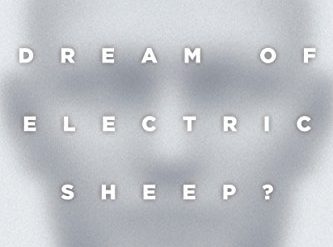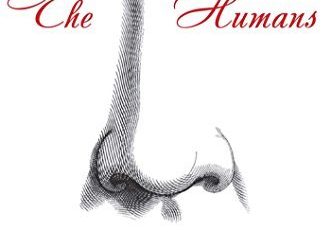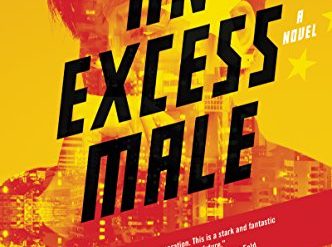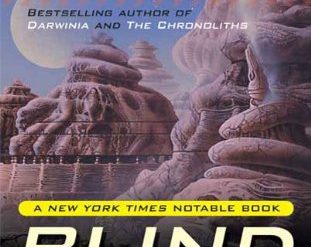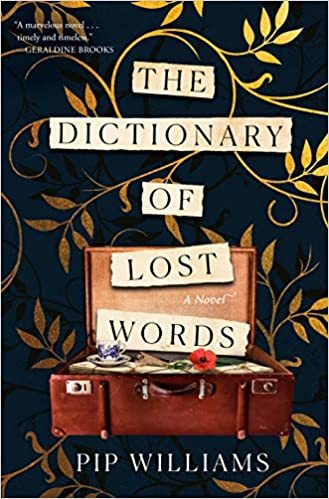
One of the most spectacular intellectual achievements of recent centuries was the creation of the Oxford English Dictionary. The dictionary began in 1857 as a project of Britain’s Philological Society. But it was only in 1884, under the direction of Scottish lexicographer James Murray, when the first unbound fascicles were published. A team of specialists, along with scores of volunteers, continued work until the publication of the dictionary’s tenth and final volume in 1928. Murray himself was long dead. Known universally among scholars as the OED, the dictionary has become one of the principal tools through which we understand the evolution of the English language.
A compelling feminist novel
Pip Williams’ moving novel concerns the creation of that first edition, as seen through the eyes of a young woman who was deeply involved in the project. It’s a moving story of a bright and talented person shackled by the misogynist conventions in the era of the suffragettes. As a young girl, Esme Nicoll becomes enchanted with words and the dictionary project. She is under the sole care of her father, who is one of the several lexicographers at work on the dictionary. Crawling about on the floor by her father’s feet in Dr. Murray’s Scriptorium, she snatches up fallen slips of paper on which new words and their definitions have been written. And her collection of these slips forms the beginning of the eponymous “dictionary of lost words” that plays a central role in the tale.
The Dictionary of Lost Words by Pip Williams (2021) 400 pages ★★★★★
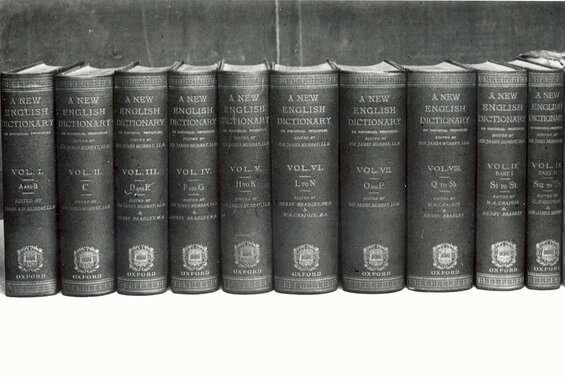
A tale solidly grounded in history
The Dictionary of Lost Words encompasses the years from 1886 to 1928, when the OED’s first edition was finally published. An epilogue set in Adelaide, Australia, in 1989 fixes the story in its historical context. The novel is both a revealing picture of the dictionary’s development—the author has done her homework—and the coming-of-age tale of a bright and spirited woman in an age when social conventions made it impossible for her to fulfill her promise and realize her dreams. The book is, above all, a feminist novel. It casts light on the many ways, both subtle and blatant, in which male supremacy is reflected in the language we speak and in the authority we assign to those who define its terms.
Fascinating characters who illuminate the character of the era
This is Esme’s tale, but other characters emerge fully-fleshed as well. Her father, one of the most trusted of the lexicographers in the Scriptorium. Lizzie, a live-in maid in Dr. Murray’s house, Sunnyside, who becomes Esme’s best friend and co-conspirator in the development of the dictionary of lost words. The woman known to Esme in childhood as “Aunty Ditte,” a pioneering historical scholar who is a leading volunteer contributor to the dictionary. Tilda, the actress (and occasional call-girl) who leads Esme into the suffragette movement. Gareth, the compositor at the Oxford University Press who marries Esme as he heads off to service in World War I. Dr. Murray himself, who proves far more accommodating to Esme than many of the other men around them. But no feminist novel would be complete without its complement of misogynists, so you’ll find them in the book as well.
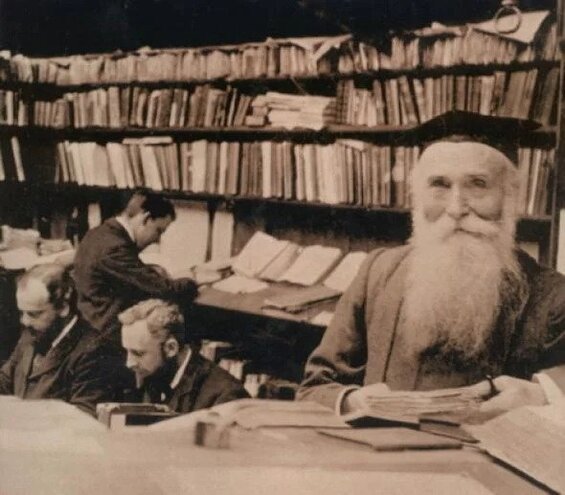
A continuing work in progress
The OED has only continued to grow. Its second edition, published in 1989, encompasses 20 volumes, 21,730 pages, and 59 million words that occupy 540 million megabytes in its online version. (You can obtain your own personal copy of the 20 volumes at the low, low price of $1,215.) A third and even more comprehensive edition is about halfway complete at this writing. That work in progress is available online for an annual subscription of $100 in the US and £100 in the rest of the world. I’ve opted instead to settle for the two-volume, 3,800-page The New Shorter Oxford, which runs about $92 online for a new copy. I must say, however, that I don’t consult it often, because it’s so unwieldy.
About the author
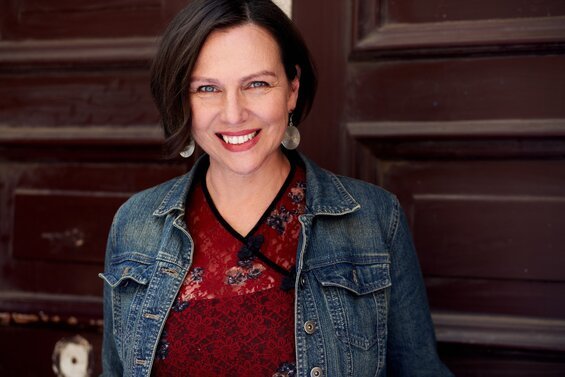
Pip Williams‘ biography on BookReporter reads in full: “Pip Williams was born in London, grew up in Sydney, and now lives in the Adelaide Hills of South Australia with her family and an assortment of animals. She has spent most of her working life as a social researcher, studying what keeps us well and what helps us thrive, and she is the author of One Italian Summer, a memoir of her family’s travels in search of the good life, which was published in Australia to wide acclaim. Based on her original research in the Oxford English Dictionary archives, The Dictionary of Lost Words is her first novel.”
For related reading
This title is featured on Good books about dictionaries, libraries, and language.
I’ve read several good books about dictionaries and the people who build them, including:
- The Story of Ain’t: America, Its Language, and the Most Controversial Dictionary Ever Published by David Skinner (The famous dictionary that threw out the rules of grammar)
- Word by Word: The Secret Life of Dictionaries by Kory Stamper (A very funny book about words, grammar, and dictionaries)
- Americanon: An Unexpected U.S. History in Thirteen Bestselling Books by Jess McHugh (The bestsellers that shaped the American character), one of which is Webster’s Dictionary
- The Broken Teaglass by Emily Arsenault (A refreshingly offbeat novel)
- The Liar’s Dictionary by Elly Williams (A hilarious novel about a dictionary)
For another look at the reality lived by women in the closing years of the Victorian Era and the opening years of the twentieth century, see The Future of Another Timeline by Annalee Newitz (Alternate feminist history by a gifted science fiction author).
You might also enjoy Top 10 great popular novels.
And you can always find my most popular reviews, and the most recent ones, on the Home Page.

